A plate packed with flavour.
Most of what I make at home is what many would call side dishes. Great on their own for lunch – but not substantial enough for dinner. At least on its own. At my place, dinner is more often than not a collection of such side dishes, perhaps with some simply prepared meat or fish on the side.
I like it best this way. Because these are the dishes where you can get really creative. Bring out flavours. Be bold. There is so much more variety in vegetables than there is in meat that as a bonus, everything gets much more varied too.
So while I grew up, like most people in the west, with the protein of choice being the centre of the dinner, with everything else pretty much a necessary afterthought to balance the plate, nutrition and wallet.
As such, this dish of chicken with syrian lentils, labneh and za’atar is typical for how I think about food and how we eat at home. The boldest flavours are in the lentils, even though traditionally they’d be considered a side and worthy of less attention than the chicken (and in Norway, traditionally, they wouldn’t be lentils at alls but boiled potatoes).
I also served a flavoursome red cabbage salad on the side (for some reason it didn’t make it for the photo shoot). The chicken, however, is very simply prepared: Seasoned. Pan roasted, to crisp up the skin, then roasted until done. That’s it.
At the last minute, I add a few simple garnishes, to add layers and bring the whole thing together. Under the lentils, a little labneh, for creaminess (thick yoghurt or even cream cheese works too). A sprinkle of pomegranate seeds adds crunch and another layer of sweet-and-sour, the herbs some freshness.
And, finally, a sprinkle of za’atar to add a little subtle flavour to the chicken.
The recipe serves three.
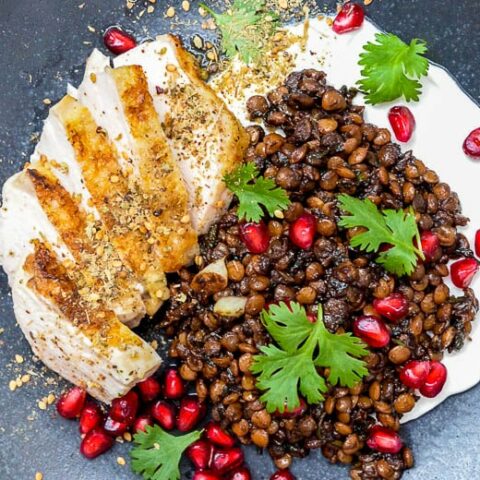
Chicken with Syrian lentils, labneh and za’atar
Ingredients
- 1 portion Syrian lentils
- 3 chicken breasts, skin-on (or other chicken meat sufficient for three)
- 125 ml labneh, or thick yoghurt or cream cheese
- ½ pomegranate, seeds
- 3 tsp za’atar
- olive oil, to coat the chicken
- coriander (cilantro), to garnish
- salt and pepper
How I make it
- Preheat the oven to
180 °C.
- Prepare the lentils and keep warm.
- Coat the chicken breast with a little olive oil and season. Fry in a pan over high heat, skin-side down, until the skin starts to crisp up and colour, 2-3 minutes. Turn over and continue roasting in the oven until its core temperature has reached
70 °C, anything from 12-20 minutes, depending on the chicken. Leave to rest for 5 minutes before slicing.
- Divide the labneh across the plates. Put the lentils on top and sprinkle with pomegranate seeds and coriander leaves. Place the chicken on the side and sprinkle with za’atar. Serve immediately.


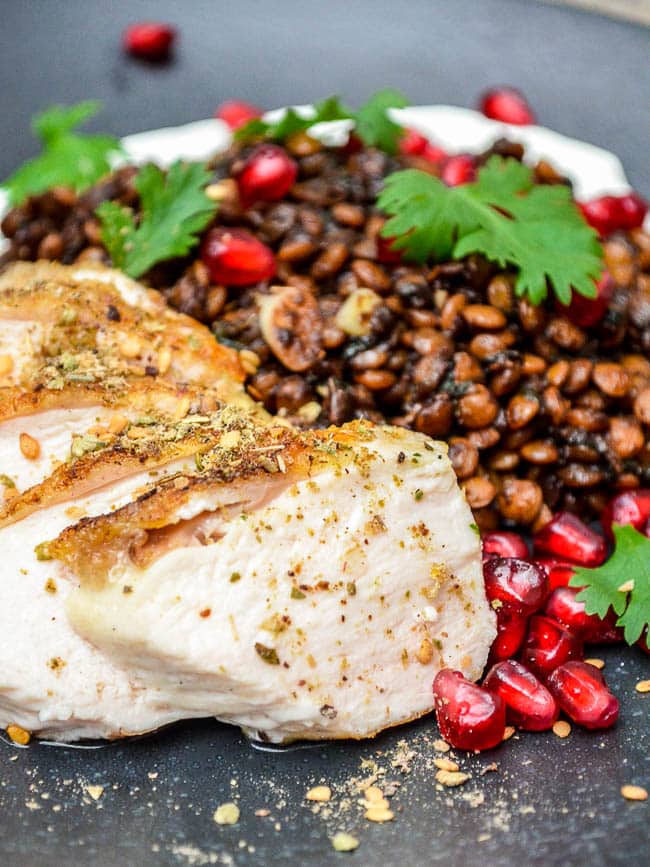


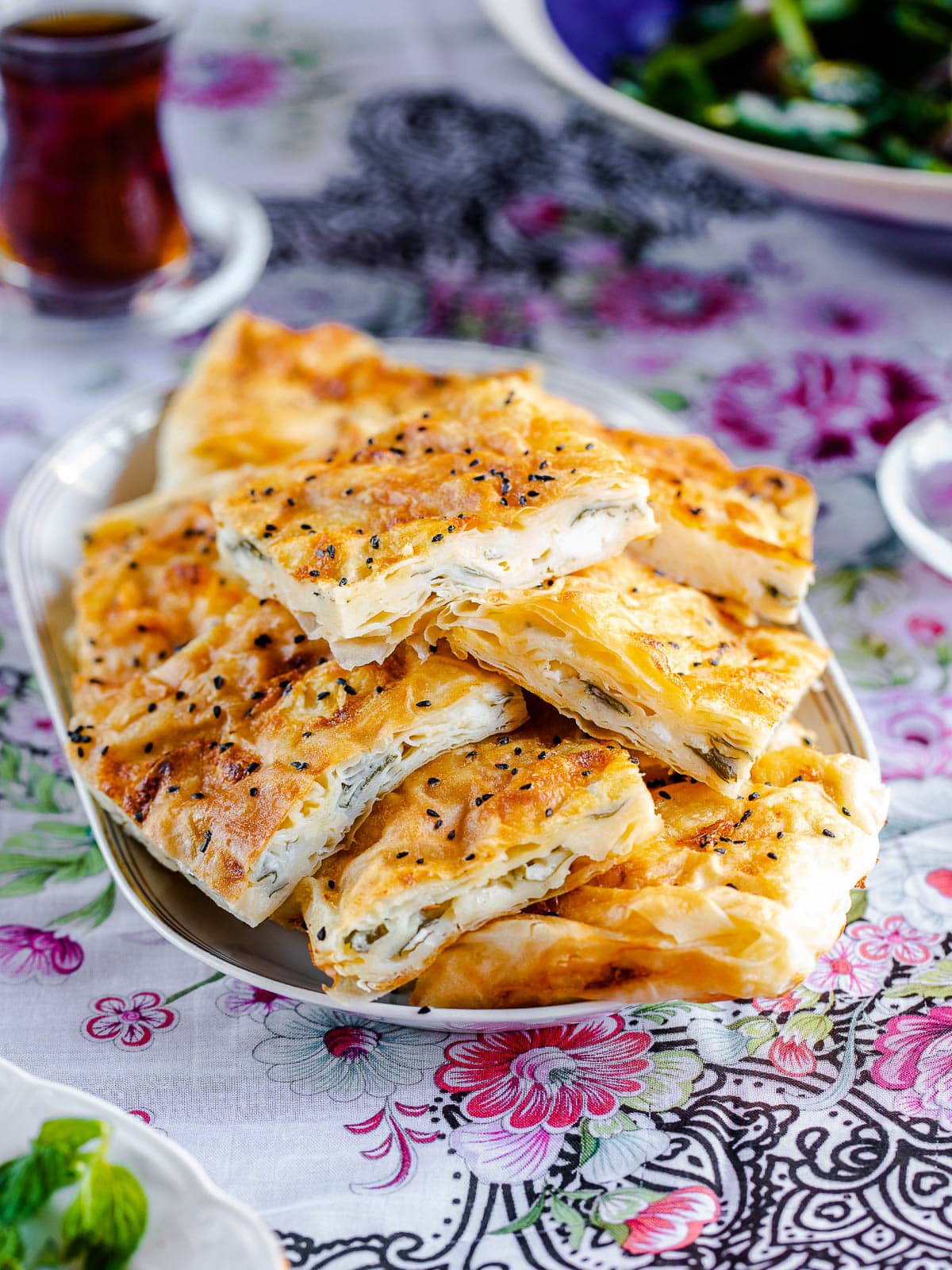
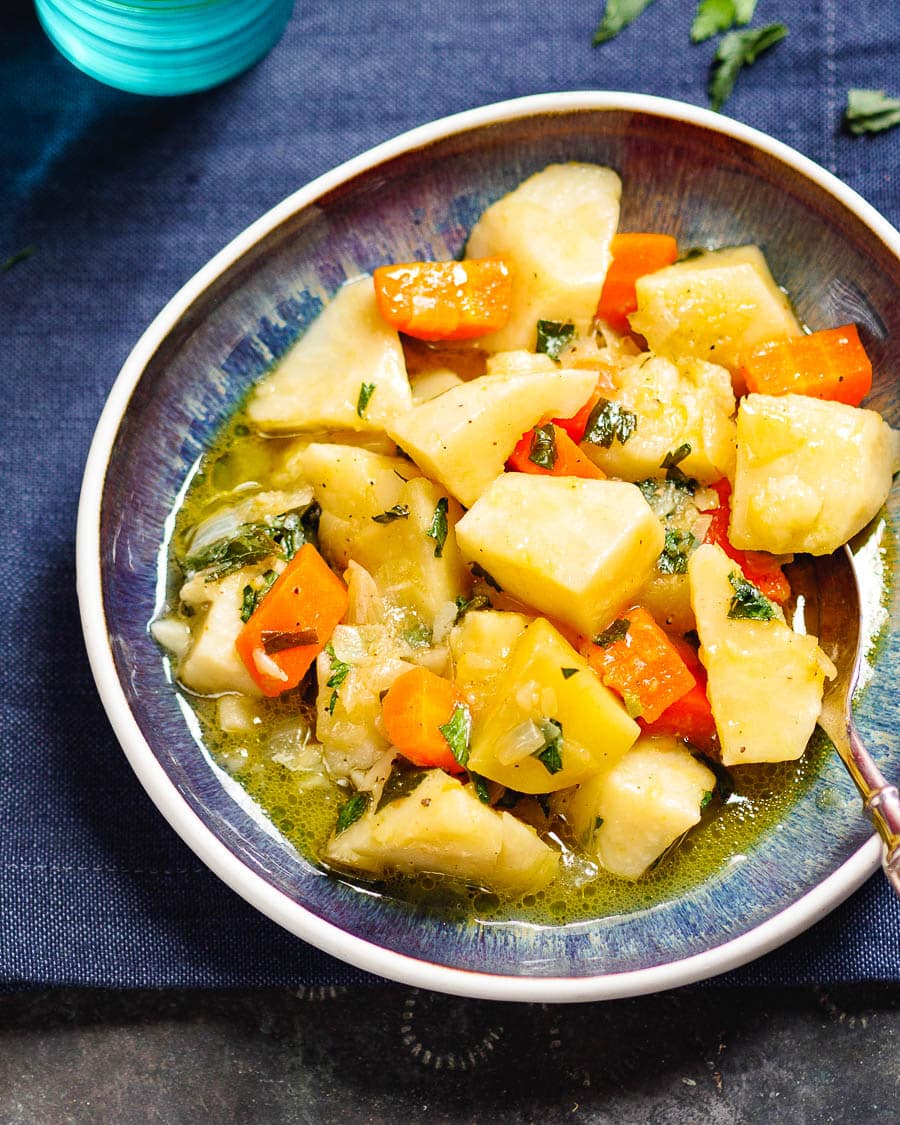
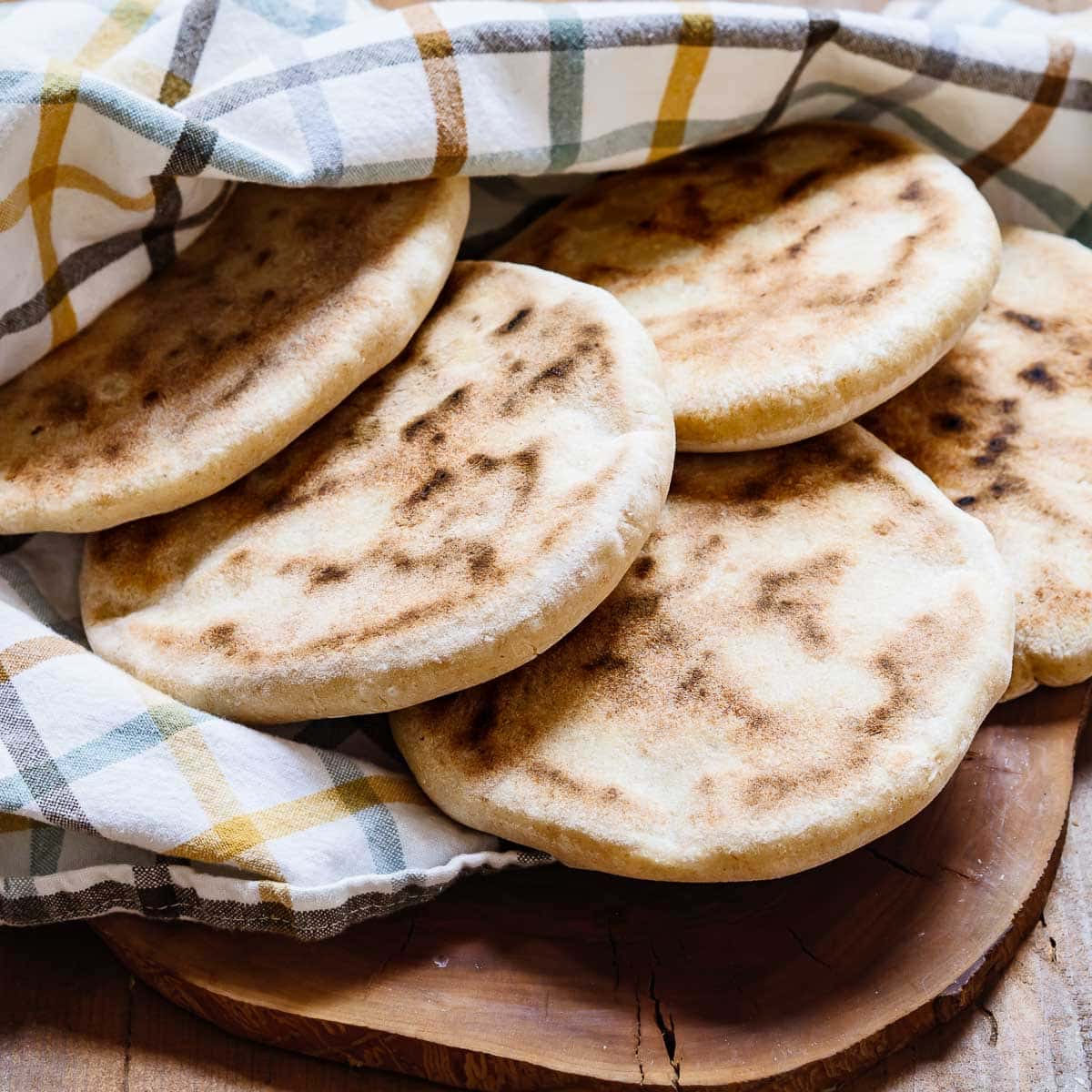
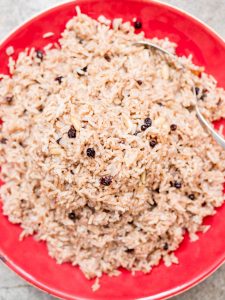
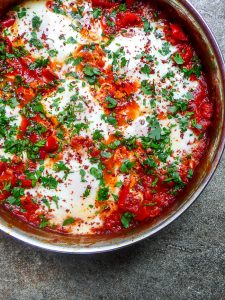
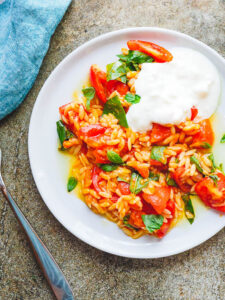




2 responses
I’d like to know more from your recipe’s you’re food looks delicious amazing and healthy 👏
Thank you! Sounds like my newsletter is a good match for you. You can subscribe by clicking the “Newsletter” link in the menu.